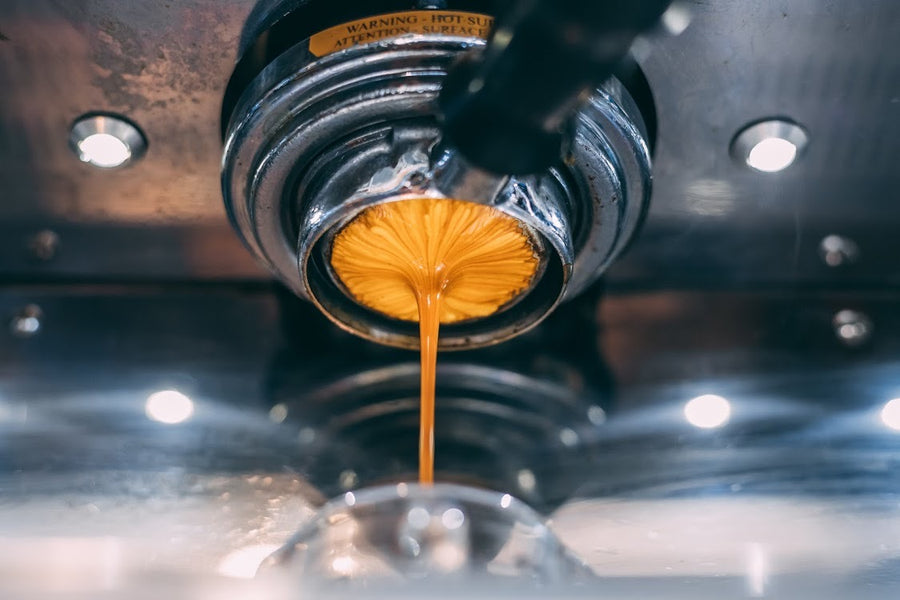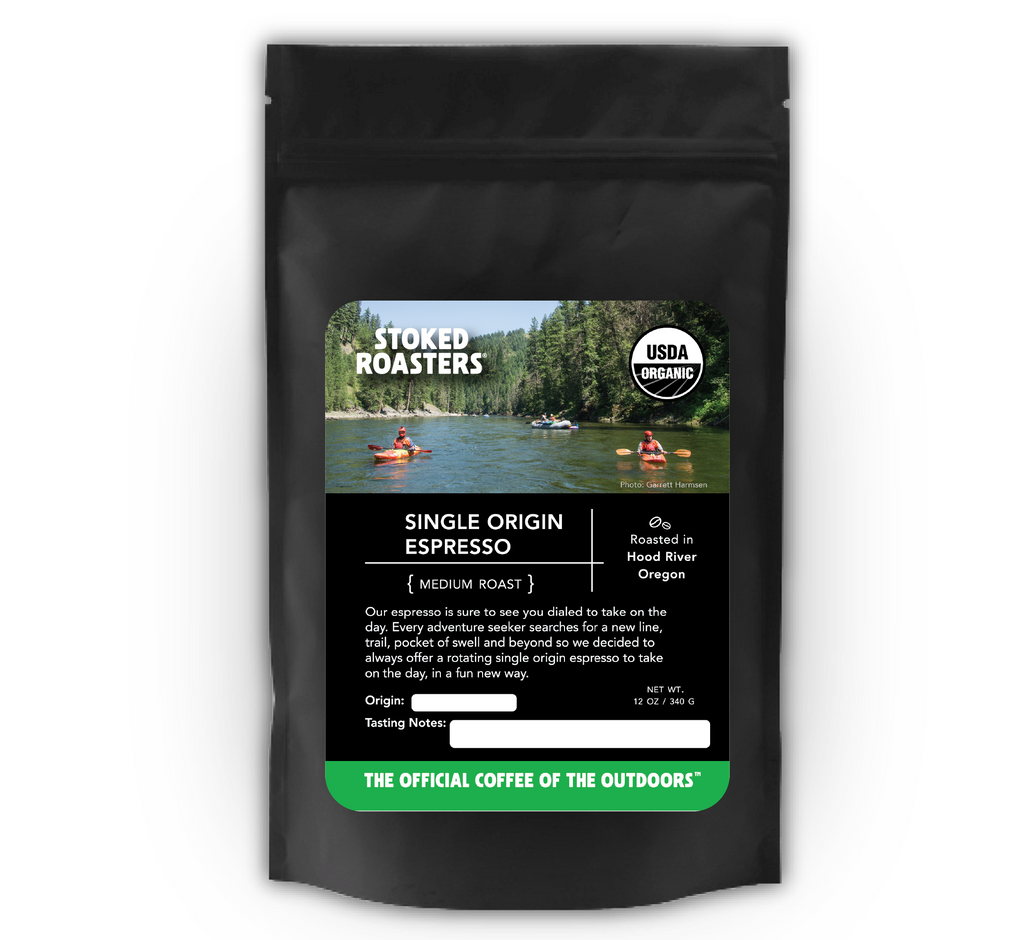Checking Out the Rich Flavors of Coffee Beans: a Deep Study Coffee and Blended Coffee Beans
When you discover the abundant flavors of coffee beans, you uncover a complex globe where each variety brings its very own personality to your mug. Comprehending the origins, refining approaches, and roasting methods can transform your coffee experience. As you navigate through the art of coffee and the creative thinking behind combined coffees, you'll start to appreciate the subtleties that make each sip special. What you'll discover following could alter the means you enjoy your early morning brew.
The Origins of Coffee Beans: Exploring Terroir and Taste Profiles
When you take a sip of coffee, you're not simply delighting in a drink; you're experiencing an abundant tapestry of flavors shaped by the beans' beginnings. Each region produces one-of-a-kind flavor accounts affected by environment, altitude, and soil. For example, beans from Ethiopia commonly burst with intense, fruity notes, while those from Colombia tend to use a balanced, nutty sweetness.
As you explore various beginnings, you'll observe how terroir-- the ecological elements affecting a crop-- plays a vital role - Single Origin Espresso. The exact same coffee variety can taste drastically different depending upon where it's grown
When you think about these variables, you begin to value the intricacy behind your cup. Each sip narrates of the land and the farmers that supported the beans. Following time you indulge, think regarding the trip your coffee took prior to it reached your hands, and appreciate those elaborate flavors that show its beginning.
Recognizing Coffee: The Art and Scientific Research Behind the Mixture
When you think of espresso, it's not practically the strong flavor; it's also concerning the strategies that bring it to life. Recognizing just how various preparation methods effect taste can transform your brewing experience. Let's explore the complexities of espresso prep work and uncover the unique flavor accounts that make each mug special.
Espresso Preparation Techniques
Coffee prep work is both a scientific research and an art, combining exact strategies with a deep understanding of coffee. To start, you'll desire to select top quality, newly roasted beans and grind them finely for ideal extraction (Single Origin Espresso). The grind dimension is crucial; too crude, and your coffee will be weak, also great, and it'll be bitter
The outcome should be an abundant, velvety coffee with a lovely layer of crema on top. With practice, you'll understand these methods.
Taste Profiles Clarified
The world of espresso provides a rich tapestry of flavor profiles that can raise your coffee experience. Light roasts commonly showcase bright acidity and dynamic flavors, while dark roasts present deeper, bolder tones.
A well-crafted blend may balance the bright notes of an Ethiopian bean with the rich, chocolatey undertones of a Brazilian bean. Embrace the trip of finding coffee's diverse tastes, and you'll change your coffee routine into an exciting journey.
Handling Methods: How They Influence Flavor and Fragrance
While it could seem that the beginning of coffee beans is one of the most significant consider establishing their taste and scent, the processing approaches utilized post-harvest play an equally necessary function. You'll find that these approaches can dramatically modify the final preference profile of your mug.
For instance, the washed procedure eliminates the fruit from the beans before fermentation, commonly resulting in a cleaner, brighter flavor. The all-natural process leaves the fruit intact throughout drying, resulting in a sweeter, fruitier account.
Other approaches, like honey handling, strike a balance, permitting some fruit mucilage to stay, providing an one-of-a-kind complexity.
Each handling strategy connects with the beans' fundamental attributes, improving or silencing certain flavors and scents. When you drink that coffee or blended coffee, remember that the trip from cherry to mug is influenced not just by beginning yet also by exactly how those beans were refined.
Roasting Techniques: Opening the Complete Prospective of Coffee Beans
Roasting strategies are important for revealing the full possibility of coffee beans, as they change raw, eco-friendly beans into the fragrant, flavorful coffee you delight in. The selection of roasting technique-- light, medium, or dark-- dramatically influences taste accounts.
A slower roast at lower temperature levels permits for complex flavors to develop, while a quicker roast can escalate resentment. By grasping these techniques, you'll disclose a globe of flavor, boosting your coffee experience to new heights.
The Magic of Blended Coffee: Developing Special Flavor Experiences
Developing an one-of-a-kind flavor experience with blended coffee can change your morning routine into an expedition of taste. By incorporating various beans from various areas, you can reveal a harmony of flavors that boost your cup to brand-new heights. Each blend offers a distinct account, balancing body, sweetness, and level of acidity to create something truly special.
When you pick a blend, you're not simply choosing a coffee; you're picking a journey across varied landscapes and societies. Try out various Single Origin Espresso mixes enables you to uncover your personal favorites, whether you enjoy fruity notes or rich, chocolatey touches.

Sampling Notes: Identifying the Subtleties in Your Cup
As you sip your coffee, you could observe a spectrum of tastes dancing on your taste, each exposing the intricacies of the beans. You may taste the bright acidity reminiscent of citrus or the deep, rich notes similar to dark delicious chocolate. The sweet taste can stimulate honey or sugar, stabilizing the general account perfectly.
Pay interest to the body of the coffee-- does it really feel light and ventilated, or is it complete and creamy? The finish, too, offers clues; a remaining aftertaste may hint at nuttiness or flower touches.

Don't forget to discover the special features of different origins, as each area passes on distinct tastes - Single Origin Espresso. For example, Ethiopian coffees typically present fruity notes, while Colombian beans could showcase an extra rounded sweetness. By acknowledging these nuances, you'll deepen your admiration for every cup, boosting your coffee experience to brand-new heights

Brewing Approaches: Making Best Use Of Flavor Removal for each Bean
When you discover the various developing methods, you'll find that each strategy can significantly affect the taste account of your coffee. From French press to pour-over, each approach extracts different substances, enhancing or muting details notes. For instance, utilizing a French press permits oils to stay in the mixture, creating a richer taste, while pour-over stresses clarity and brightness.
Temperature and grind dimension likewise play essential roles. A coarser work works best for chilly mixtures, while a great grind is optimal for espresso. Trying out water temperature level-- between 195 ° F and 205 ° F-- can expose hidden tastes, too.
Do not neglect regarding soaking time; a fast extraction can result in sour notes, while over-extraction might yield bitterness. By adjusting these variables, you can maximize flavor extraction and genuinely boost your coffee experience. Enjoy the journey of discovering what method best fits your taste!
Frequently Asked Questions
What Is the Suitable Water Temperature Level for Developing Coffee?
The perfect water temperature for brewing coffee's between 195 ° F and 205 ° F. If you use water that's too hot, you'll over-extract tastes; as well cold, and you won't draw out enough. Go for that wonderful place for the very best brew!
Exactly How Does Grind Dimension Influence Coffee Flavor?
Work size significantly impacts coffee taste. Better grinds essence much more flavors and oils, causing a bolder taste, while coarser grinds yield a lighter taste. Adjusting grind size helps you attain your preferred coffee account.
Are There Health Conveniences Linked With Alcohol Consumption Coffee?

What Is the Distinction In Between Arabica and Robusta Beans?
Arabica beans are smoother and sweeter, commonly featuring fruity flavors, while robusta beans are stronger with a bitter preference and greater caffeine web content. You'll see these differences in scent and developing experience.
How Can I Shop Coffee Beans for Freshness?
To keep coffee beans for quality, keep them in an impermeable container, away from warm, light, and wetness. You'll keep their flavor much longer if you just grind what you need right prior to brewing.
Checking Out the Abundant Tastes of Coffee Beans: a Deep Dive Into Espresso and Blended Coffee Beans.
When you check out the abundant tastes of coffee beans, you discover an intricate world where each range brings its own personality to your mug.When you take a sip of coffee, you're not just delighting in a beverage; you're experiencing a rich tapestry of tastes shaped by the beans' beginnings.Roasting methods are vital for exposing the complete capacity of coffee beans, as they change raw, eco-friendly beans right into the aromatic, savory coffee you take pleasure in.As you sip your coffee, you could notice a spectrum of flavors dancing on your taste, each disclosing the complexities of the beans.